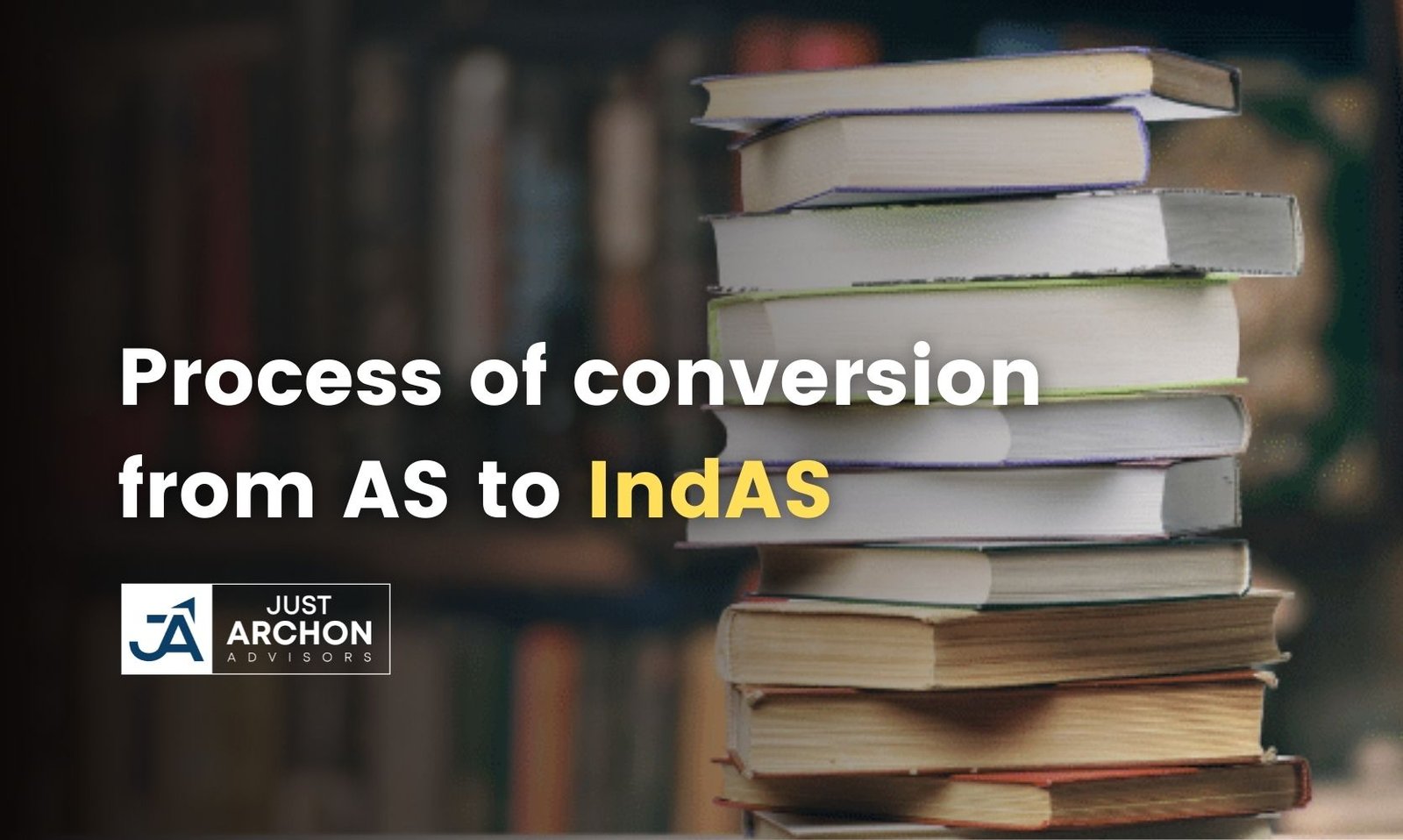When a basic and deep change in accounting policies and standards are involved, the first and foremost steps include:
1. Assessment of the changes that are to take place
In the case of major accounting policy changes, the implications have to be studied in multiple aspects. The financial, taxation, Information Systems and overall policy of the organisation may be affected. Furthermore, deeper and intense studies of the changes to be incorporated into the books of accounts have to be made. A comprehensive plan detailing the changes and the precise steps has to be developed.
2. Enabling the conversion process
Once the plans are in place, the conversion can begin in the following steps:
a. The IT systems in place must incorporate the changes in accordance with the standards so that accounting, reporting, evaluation, review, reconciliation, and rectification by new control methods, can take place accordingly.
b. The books of accounts must be designed in accordance with the new standards at the standalone and consolidated level.
c. The assessment and determination of tax must now be performed taking into consideration the IndAS.
3. Monitoring the changes
The domino effect of changes within the world of Indian Accounting Standards flows into the management and operational levels of the company. Facilitating these changes leads to a smoother transition. Monitoring of the changes and application of the change in standards needs to take place. Establishing various reconciliation processes and controls reduces the chances of errors.
4. Ascertaining long-term effectiveness
As the world of finance revolves around updates, continuous study and research are necessary and integral to the long term effectiveness of seismic changes in the world of accounting standards.
Check our IND AS Service : Click Here




0 Comments